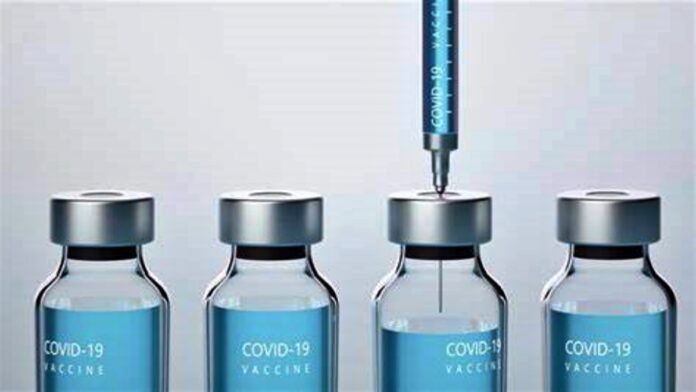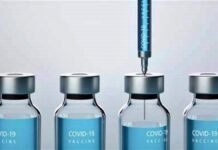
Washington: COVID-19 is quietly making a comeback, with recent data from the Centers for Disease Control and Prevention (CDC) indicating a rise in cases across the United States. Despite the virus’s persistence, this summer’s increase differs significantly from past surges.
According to Dr. Amesh Adalja, an infectious disease expert from Johns Hopkins University, the annual summer uptick in COVID-19 cases has become a regular occurrence. However, this year’s rise is notably less impactful on hospitals, which are not facing the crisis levels seen in previous summers. Factors contributing to this seasonal surge include increased travel, the trend of staying indoors to escape the summer heat, and the virus’s continuous evolution, which enables it to bypass existing immunity.
COVID-19 testing has become less consistent, making it difficult to gauge the true number of cases. Many infections go unreported, but a significant indicator of the trend is the percentage of lab tests returning positive results. This figure has climbed to nearly 15%, a stark contrast to the less than 1% positivity rate for influenza. Despite the rising positivity rate, doctors’ offices are not overwhelmed with respiratory illness cases, and visits for flu-like symptoms remain relatively low.
Hospitalizations due to COVID-19 are on the rise, but they remain below the levels typically seen in winter and are far from the peaks experienced earlier in the pandemic.
In addition to testing, the CDC monitors the spread of the virus by analyzing wastewater samples from various sites across the country. The most recent data from early August reveals that viral levels in wastewater are the highest they’ve been since January, with the West and South experiencing the most significant increases, while the Northeast shows the lowest levels. The CDC categorizes the national wastewater viral activity as “very high,” though experts caution that these findings should be interpreted carefully due to the data’s limitations.
Jennifer Nuzzo, a pandemic researcher at Brown University, emphasized that while wastewater data suggests a significant presence of the virus, it doesn’t precisely indicate the number of infections. “You just know it means there’s a lot of virus out there,” she said, underscoring the ongoing spread of COVID-19.
To protect against the virus, Dr. Adalja recommends staying up to date on vaccinations. For those at higher risk of severe illness, wearing masks in crowded, indoor spaces is advisable. If you contract COVID-19, the CDC advises isolating yourself until your symptoms improve and you’ve been fever-free for at least 24 hours.

As Dr. Adalja aptly put it, COVID-19 has become “basically part of the human condition,” a reality that underscores the inevitability of encountering the virus as we continue to interact with one another.







































